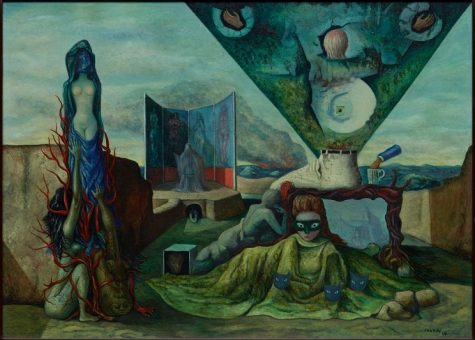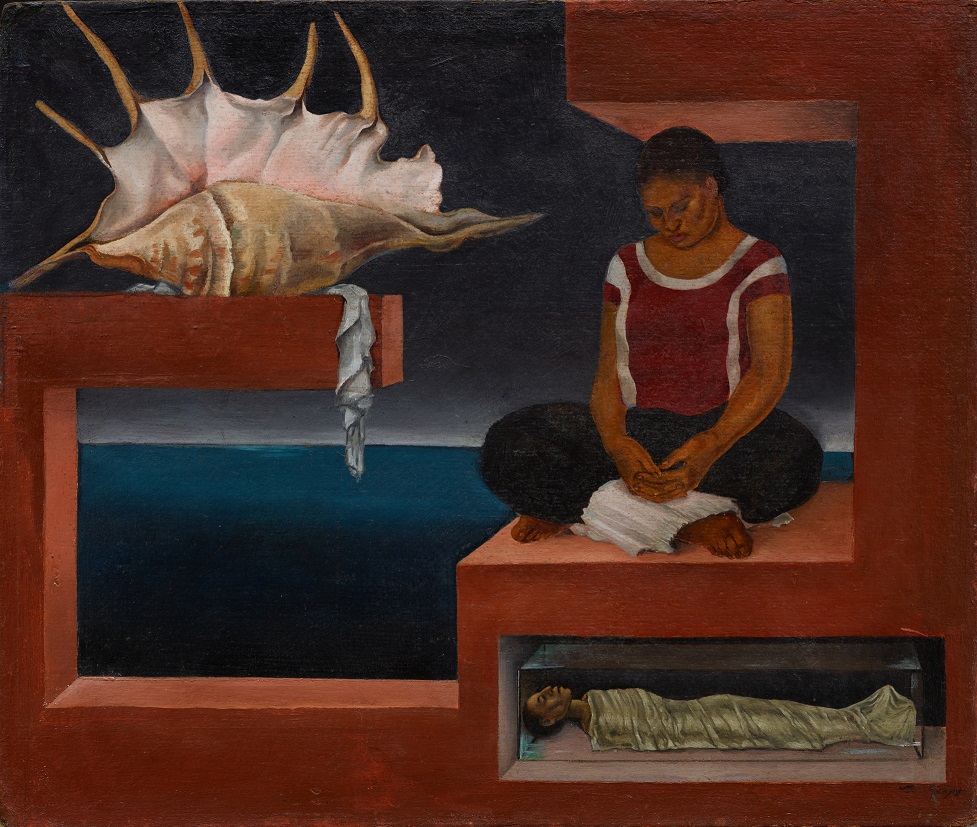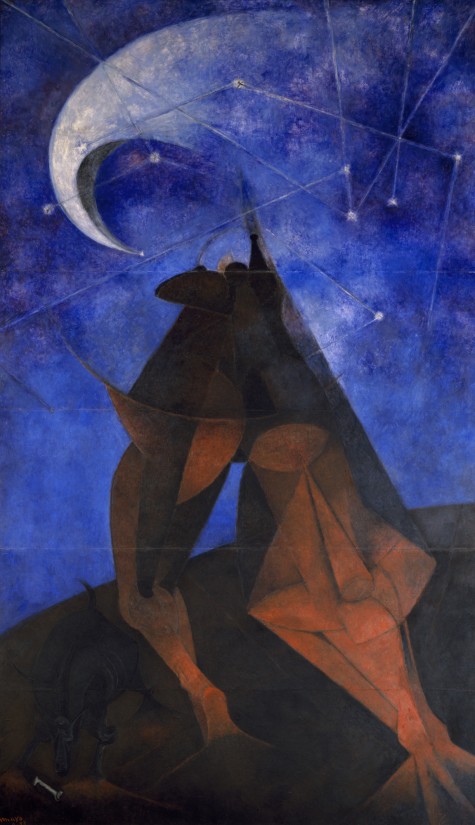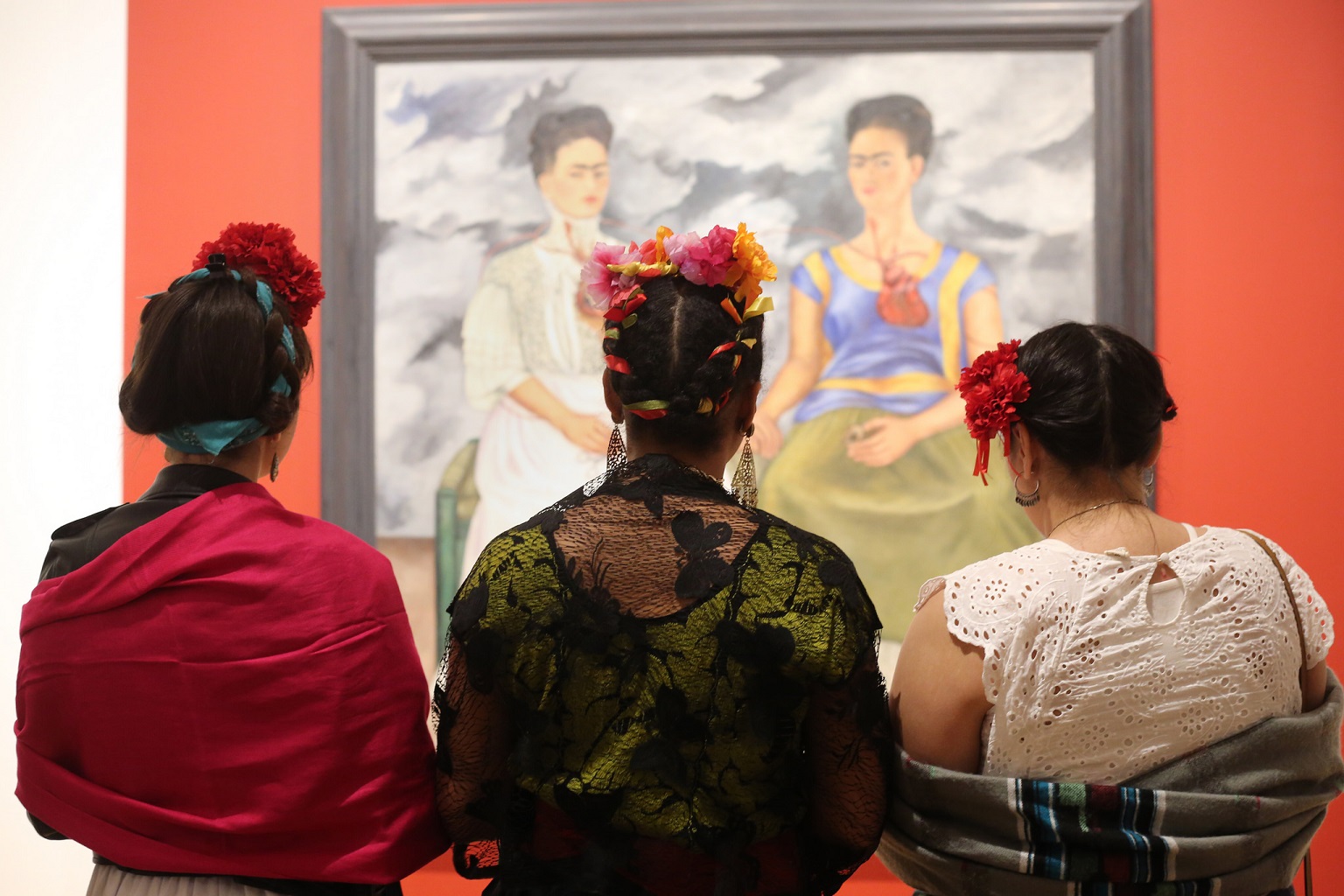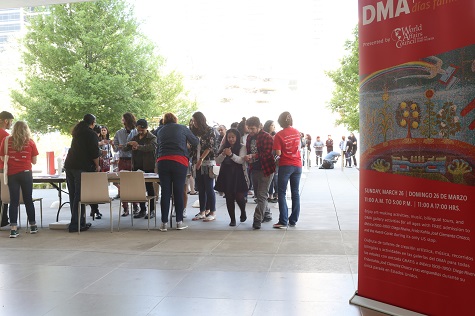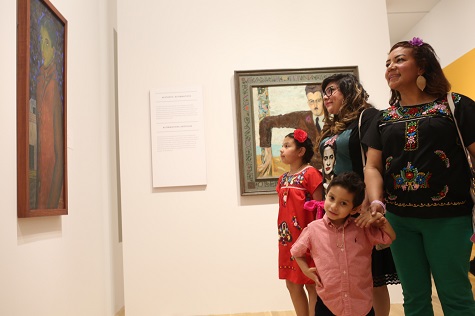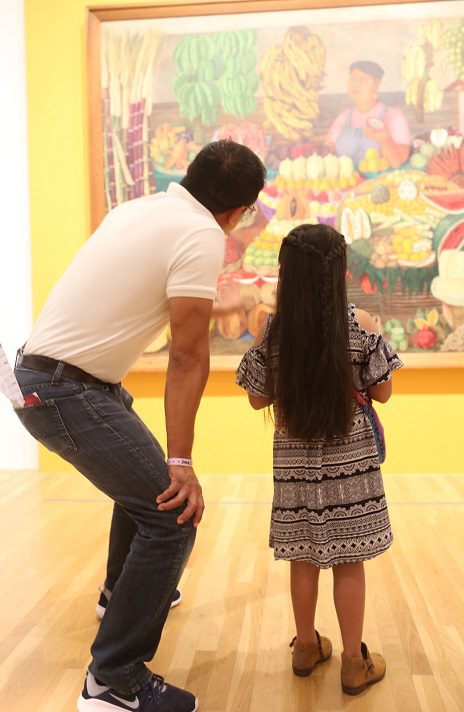UPDATE: Yayoi Kusama: All the Eternal Love I Have for the Pumpkins has been extended and will now close on April 29, 2018!
The DMA recently installed Yayoi Kusama’s All the Eternal Love I Have for the Pumpkins (2016), one of the artist’s immersive Infinity Mirror Rooms. As its name suggests, the room features pumpkin lanterns that are reflected in mirrored panels, creating the illusion that they continue into infinity. The effect is both intimate (a maximum of two guests may enter at a time) and mesmerizing.

Yayoi Kusama, All the Eternal Love I Have for the Pumpkins, 2016, wood, mirror, plastic, acrylic, LED, Courtesy Ota Fine Arts, Tokyo / Singapore and Victoria Miro, London, © Yayoi Kusama
A lot of planning takes place behind the scenes before works of art go on view to the public. That is where registrars (like me) come into play! Registrars (also sometimes called Collections Managers) are responsible for both the logistics and physical care of art as well as collection-related documentation.
For most exhibitions or rotations of works of art in the galleries, we’re working with multiple pieces that come together as a group; however, with installation art like Kusama’s, we need to keep track of all the details and components that make up the piece as a whole. For this project, it meant coordinating the safe transportation of the many room components and the 62 pumpkins that go into the space once constructed.
First, we double-checked that everything traveled according to the packing list and carefully examined every single pumpkin to ensure they were ready for installation. These condition reports are like an artwork’s health chart. It’s an important ongoing part of our job because a condition report records the object information (also known as tombstone data), a general description or photo of the artwork (or pumpkin in this case!), and, most importantly, a detailed summary of the overall appearance and condition at a specific point in time.
In the months leading up to install, registrars collaborate with team members in other departments to finalize the gallery layout, installation schedules, wall text (or didactics), and any special opening events. Once the installation begins, the registrar serves as air-traffic control to help make sure the team stays, to the best of our ability, on track according to the installation schedule.
Registrars also take step-by-step notes and pictures to document the process, especially for an installation like Yayoi Kusama: All the Eternal Love I Have for the Pumpkins, which requires very specific construction. Installations can be a little tiring but the end result is so rewarding! You get to see a project come together literally from the ground up and then share it with the community.
The pumpkin-themed mirror room will be on display from October 1, 2017, through February 25, 2018 [UPDATE: the exhibition will now close on April 29, 2018], with DMA Members getting a sneak peek up until the opening (DMA Member tickets are available here). Visit our website for details and to purchase tickets: DMA.org/Kusama.
Alicia Chavez is the Collections Assistant at the DMA.


















